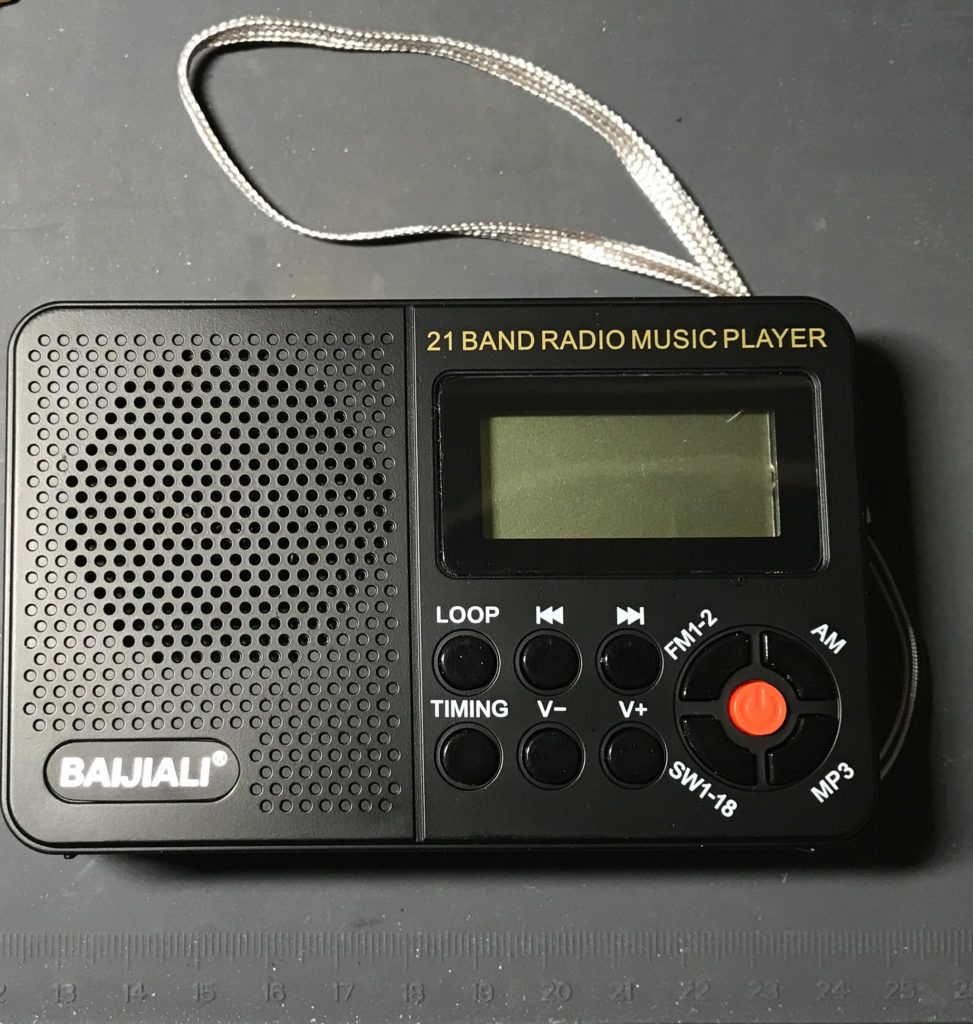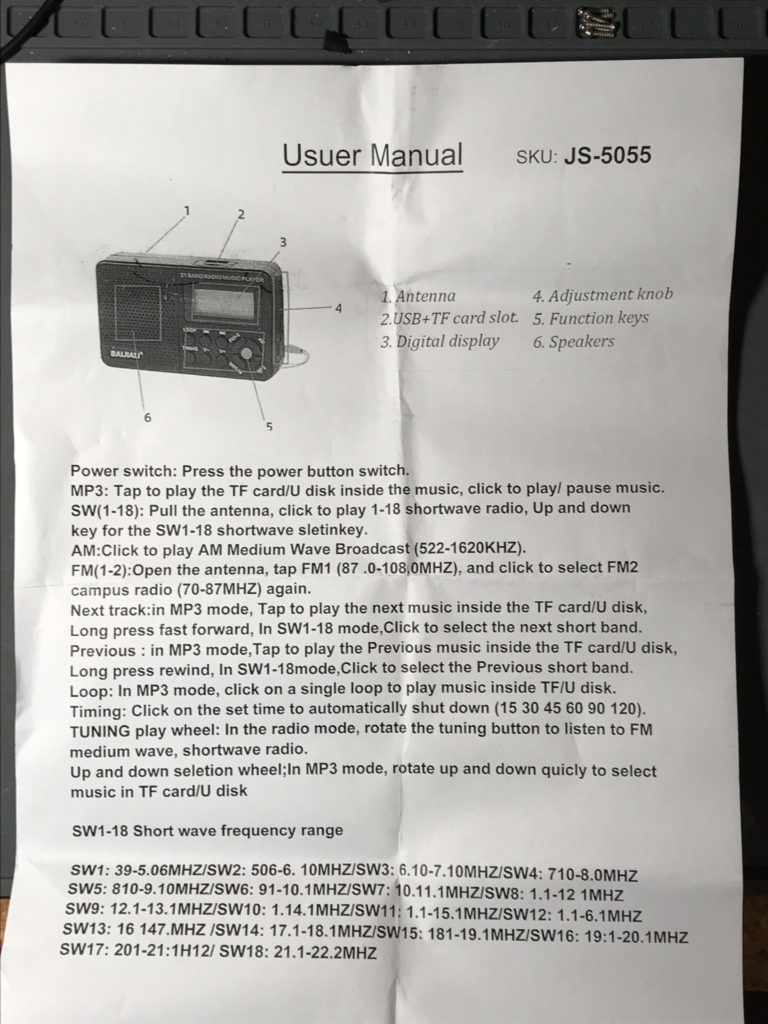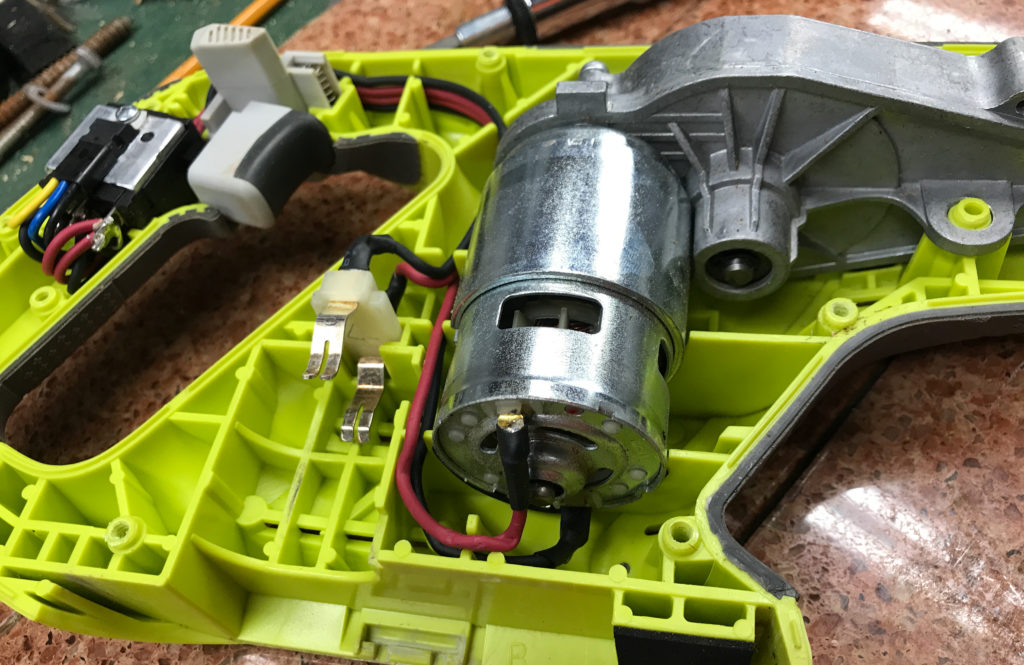I don’t know what the New York Times is trying to accomplish in its coverage on driver-assist systems, but informing the public is not it.
“Driver-Assist Systems Linked to Hundreds of Crashes“ was your headline, carrying the context-free ambiguous term “linked.” Would you use a headline like “Door bells linked to hundreds of house fires” just because a house that caught fire had a door bell? Perhaps the careless reader will confuse “linked” with “contributing factor” and that would be a gross error.
I’m an avid watcher of Tesla dash cam crash videos on YouTube. The most common scenario is a car without driver assistance crashing into the rear of a Tesla stopped at a traffic light or a traffic backup. Usually the driver at fault was on their phone and not paying attention. It happens over and over. If the roles were reversed and the Tesla with FSD was behind, there would have been no accident because Tesla’s FSD doesn’t drive distracted. So in what way is my crash scenario a “link” between a crash and driver-assistance technology — when the Tesla isn’t even moving?
Where did you mention that there are SIX MILLION traffic accidents in the US every year and and 1.3 million traffic deaths worldwide?
I’ve been testing the Tesla FSD beta for a year now, and used the generally released product for 3 years before that. I know it’s not perfect and left unsupervised it could cause an accident, but Tesla now requires eyes on the road enforced by a cabin camera, and hands on the wheel. Most other cars don’t have that safety feature. What I do know from my own experience is that a human driver plus FSD is far safer than either alone.
So your article said:
Scores of manufacturers have rolled out such systems in recent years, including features that let you take your hands off the steering wheel under certain conditions and that help you parallel park.
Scores? Really? A score is 20, so the plural would be 40. Are there really 40 driver assistance systems? And since the article is mainly about Tesla, you should have mentioned that Tesla doesn’t allow hands off the wheel. Later on in the article you say “[a]n advanced driver-assistance system can steer, brake and accelerate vehicles on its own.” There aren’t 40 such manufacturers with these systems.
Another inexcusable omission is the fact that Tesla has published accident data involving its cars since 2018!
The reader has to go pretty far into the article for the first hint of context:
But he cautioned against drawing conclusions from the data collected so far, noting that it does not take into account factors like the number of cars from each manufacturer that are on the road and equipped with these types of technologies.
Your data lacks context, confuses apples and oranges, and doesn’t define exactly what cases you’re counting. I give you points for noting the Waymo accident data, but what you failed to note was that the Waymo car was at fault in a few of those accidents — the only example you gave was when the Waymo car was not at fault.
Has the Times fired all its editors?









